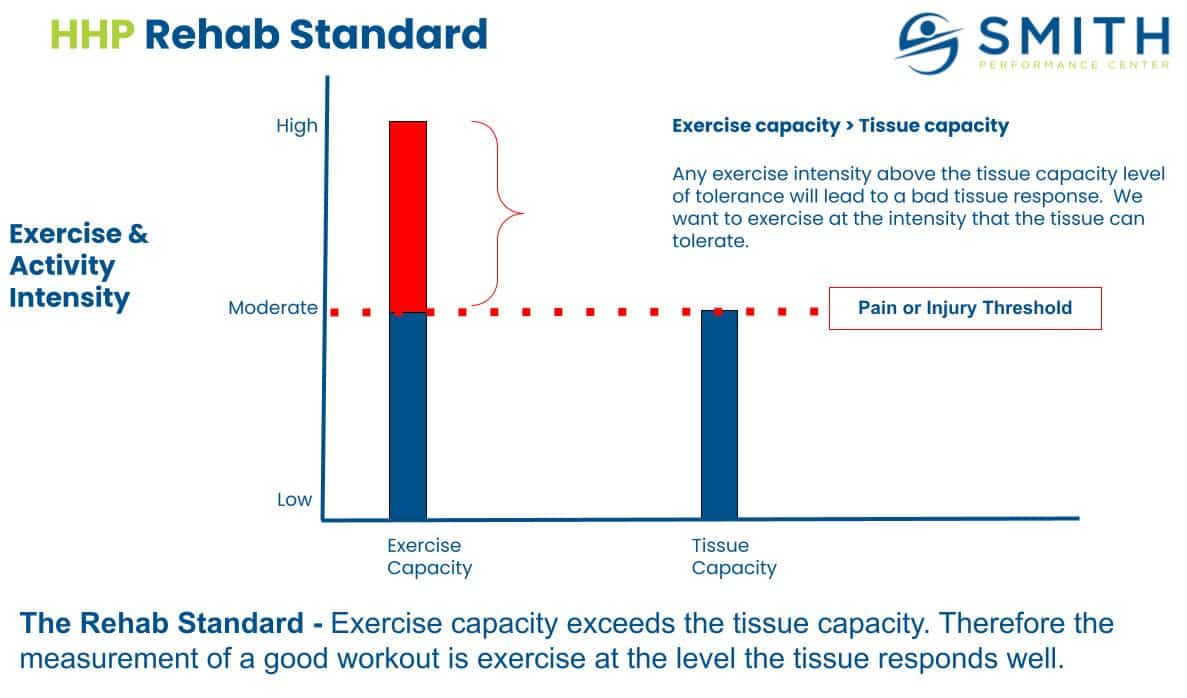
The 4 Unique Training Variables Used By Our Team To Improve Workout Success
Creating a single, hard workout is easy. Creating a series of workouts that improve your overall fitness is not. Creating a true program that builds your skill set, builds your confidence, and adjusts for soreness or an emerging injury is extremely difficult. In the same vein, it is not hard to develop a physical therapy exercise list that targets a single problem, like glute inhibition. It is much harder to progress post-injury using strength training when we need to push the edge of the tissue capacity. Programming a workout needs to consider numerous, modifiable variables. Remember a modifiable variable is anything you can change in the workout to optimize the training session and the overall programming scheme. At a minimum, you need to consider intensity, sets and reps, rest intervals, frequency of workouts, and supersets. The minimum however does not optimize your workout and sometimes these are not the most









